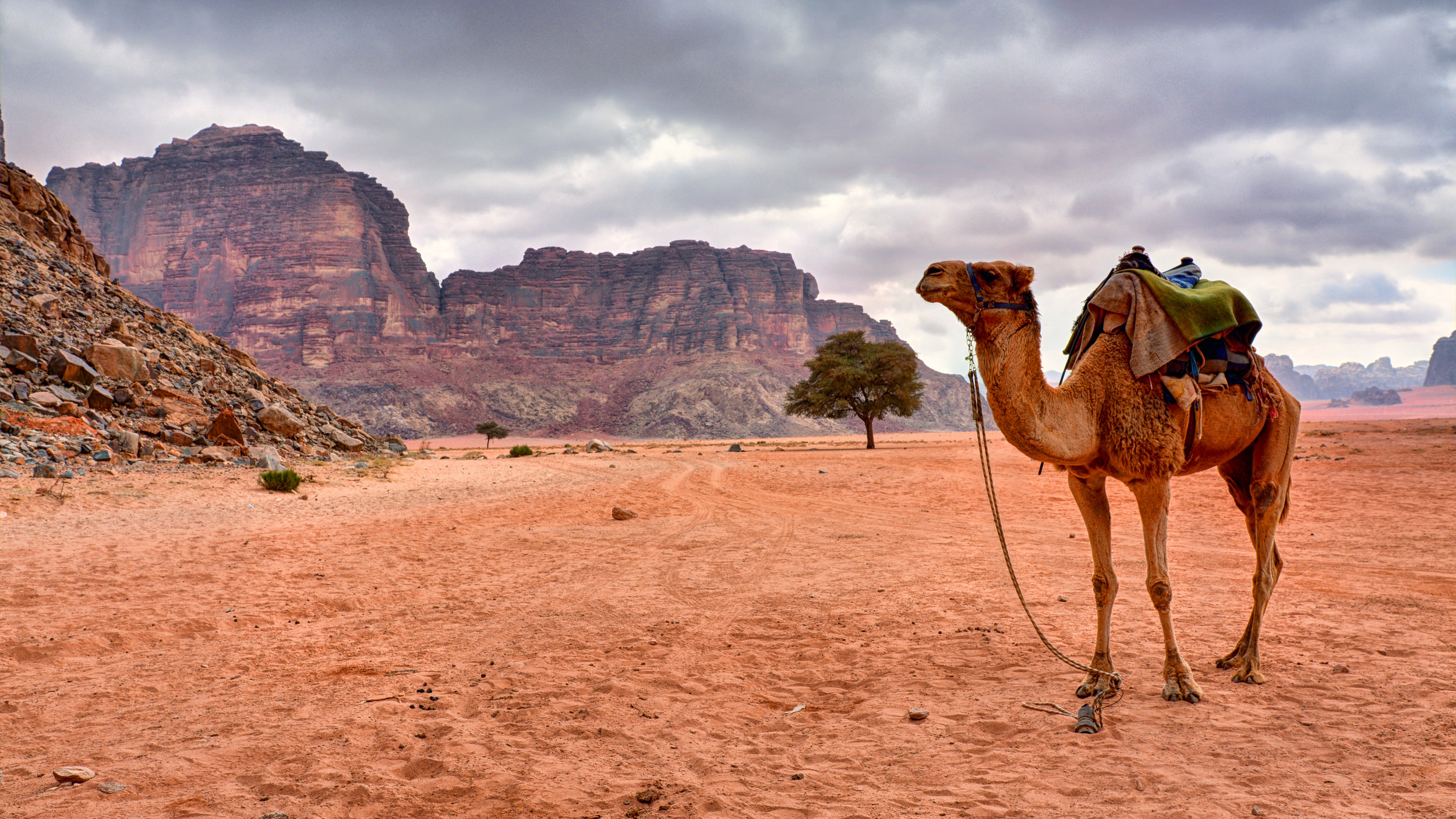
Without Camels Bedouin people would have not been able to survive in the desert and because of this we hold Camels in very high regard... yes, we even give them names...
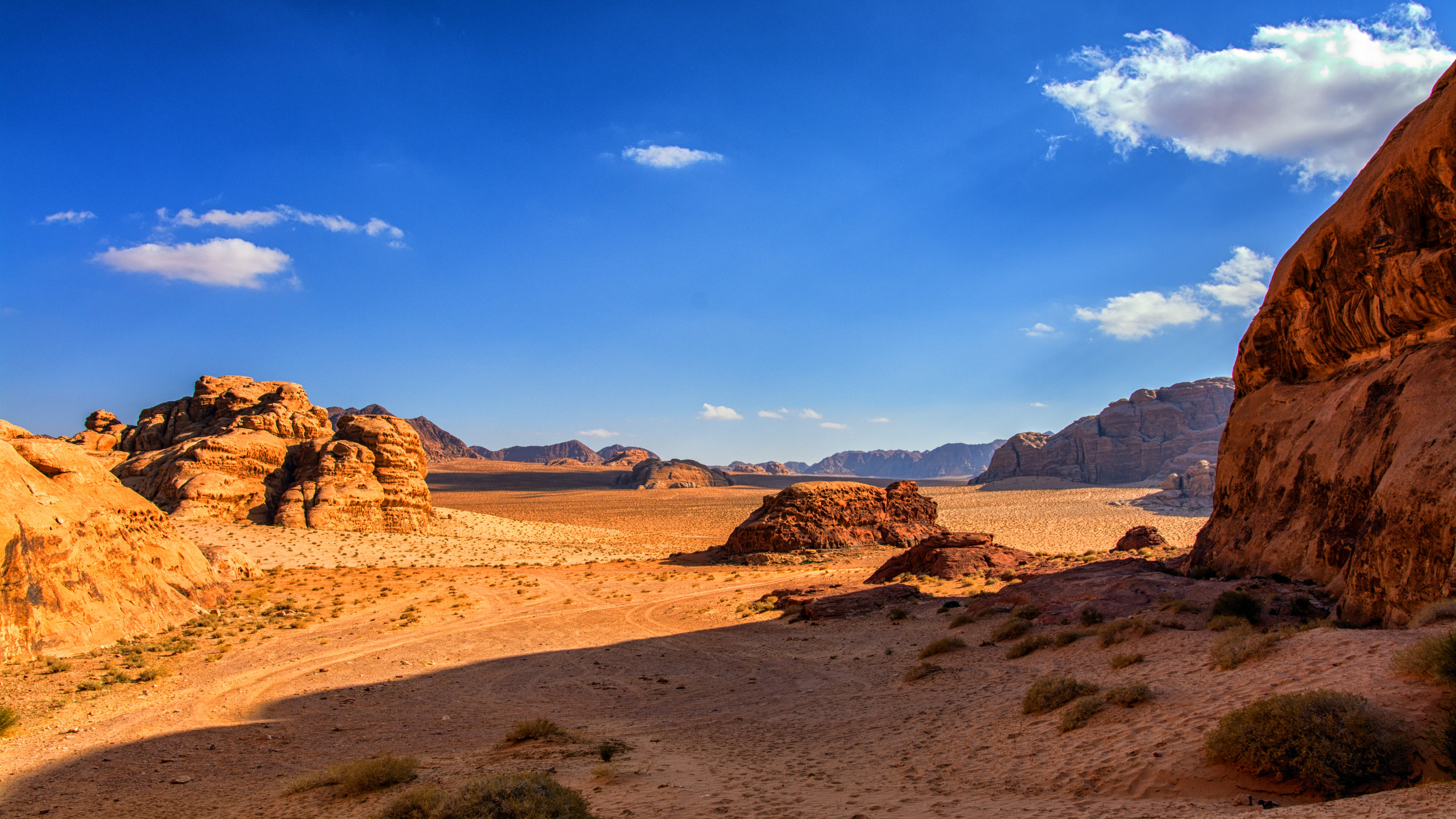
The scale of Wadi Rum is hard to capture with a camera and really should be experienced in person. However, this shot does a good job of catching the scale and drama of the desert.
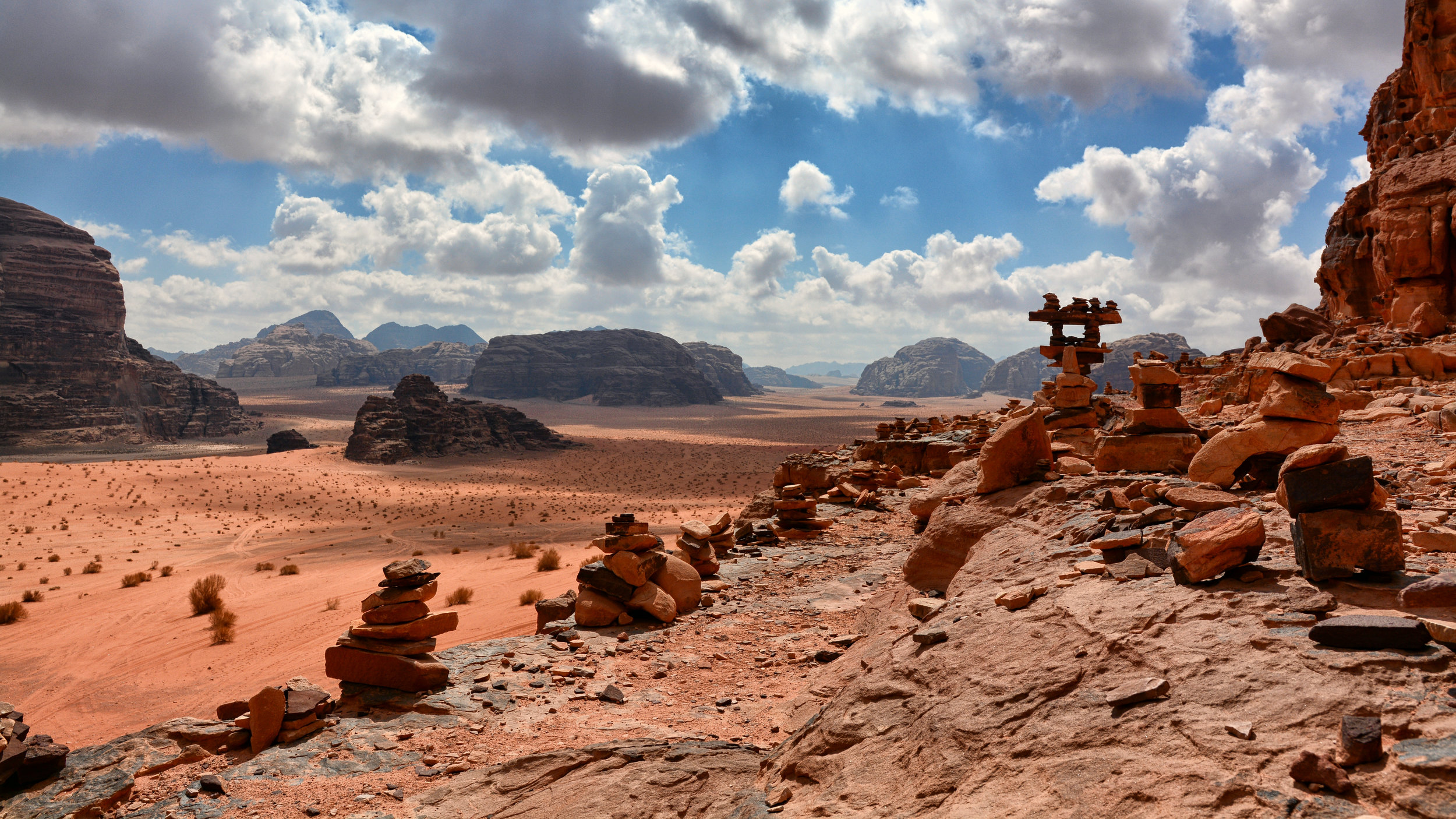
When walking in Wadi Rum in the mountains, you will often see small piles of rocks. These are usually way markers. Originally for the Bedouin hunting routes, these days for the tourist walking routes...
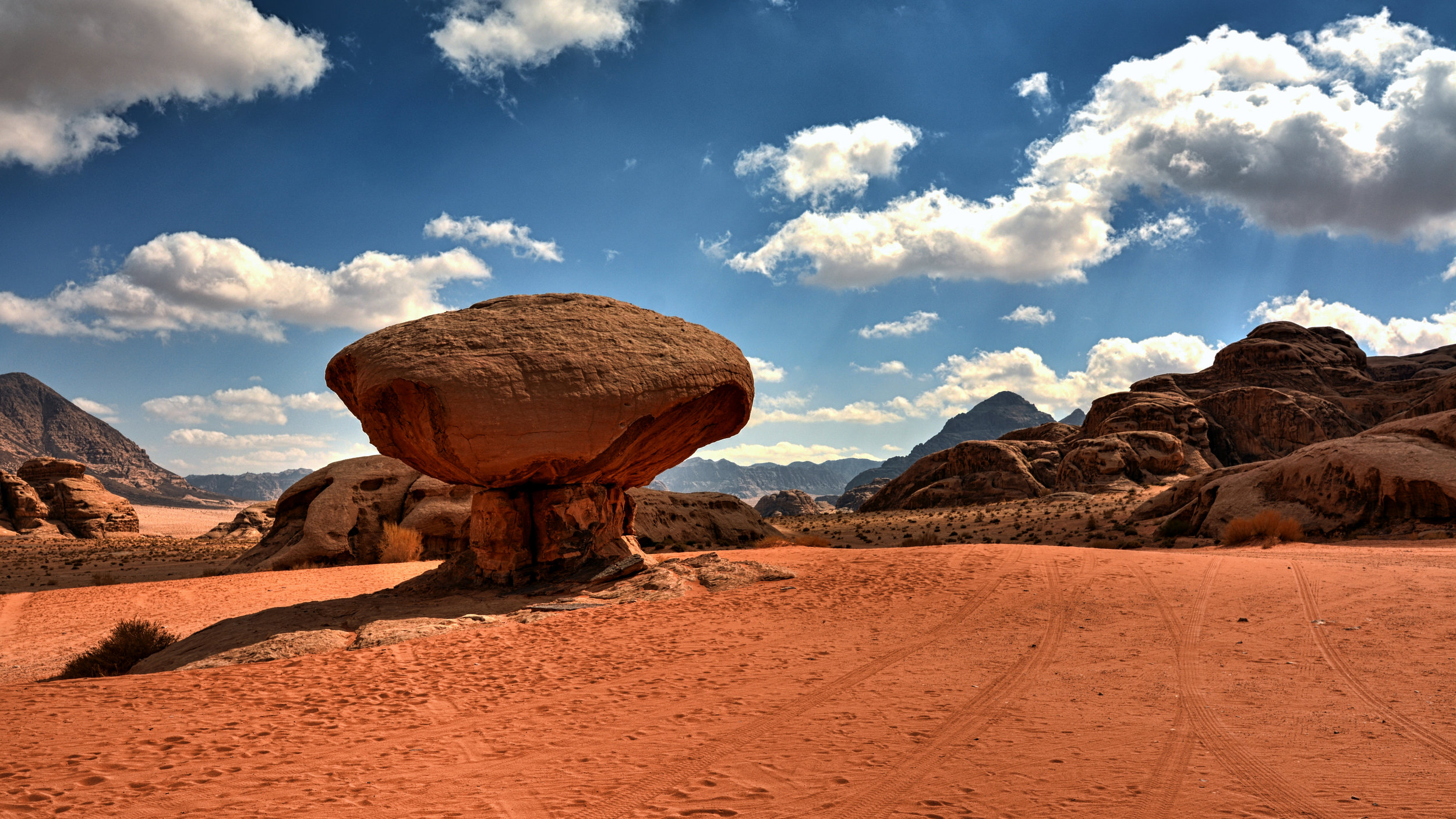
This unique rock formation was sculpted by the wind and rain. When time permits we usually include this site as a free extra on the full day Jeep tour.

This is one of my favourite canyons in Wadi Rum. We usually include it as a free extra on our full day Jeep tour when time permits. The canyon is easy to walk through independently with one short scramble at one end.
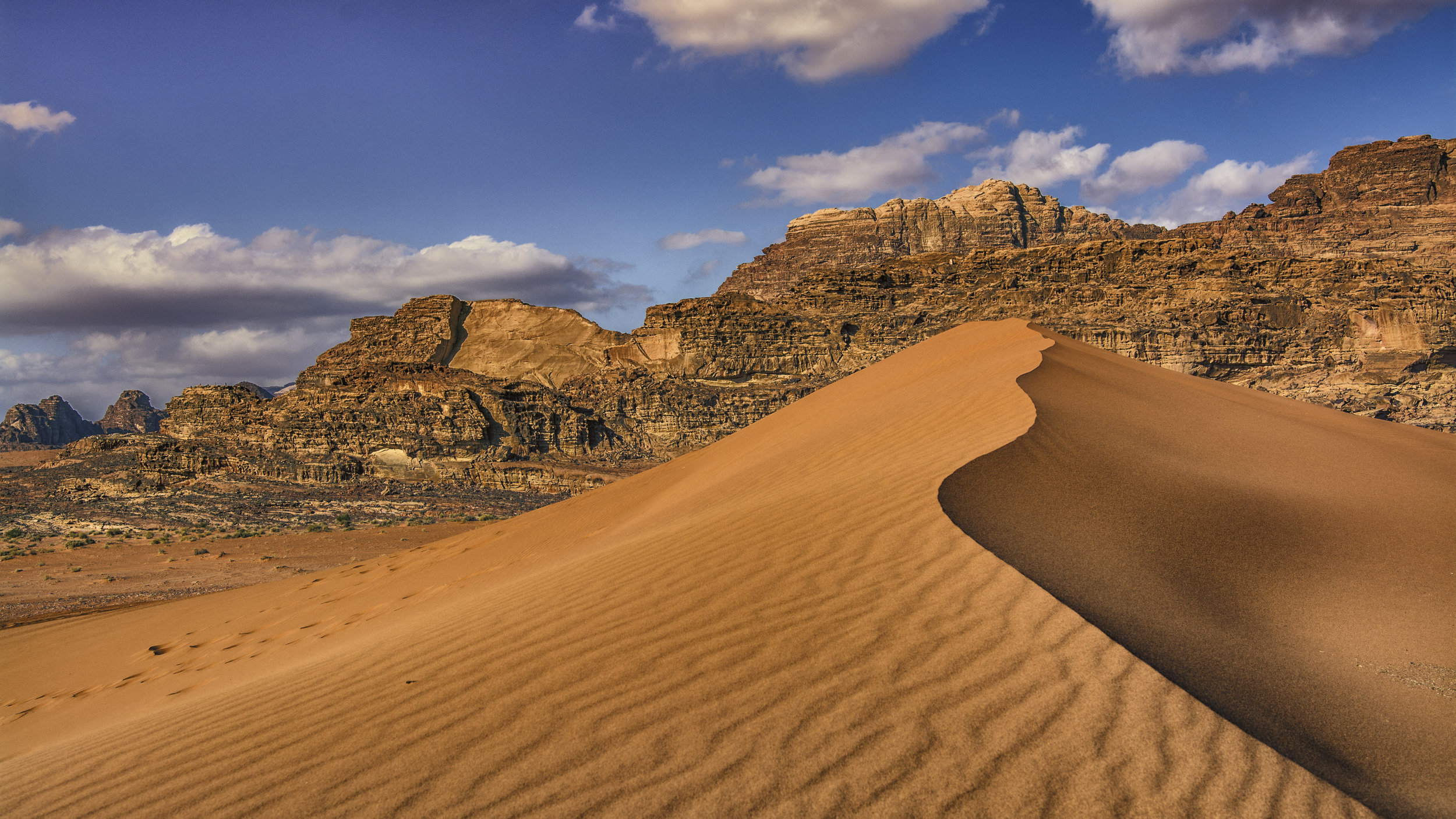
This beautiful sand dune is one of my favourites and a excellent location for sunset. The dune is not the tallest but has beautiful views from the top and is great fun to run and jump off.
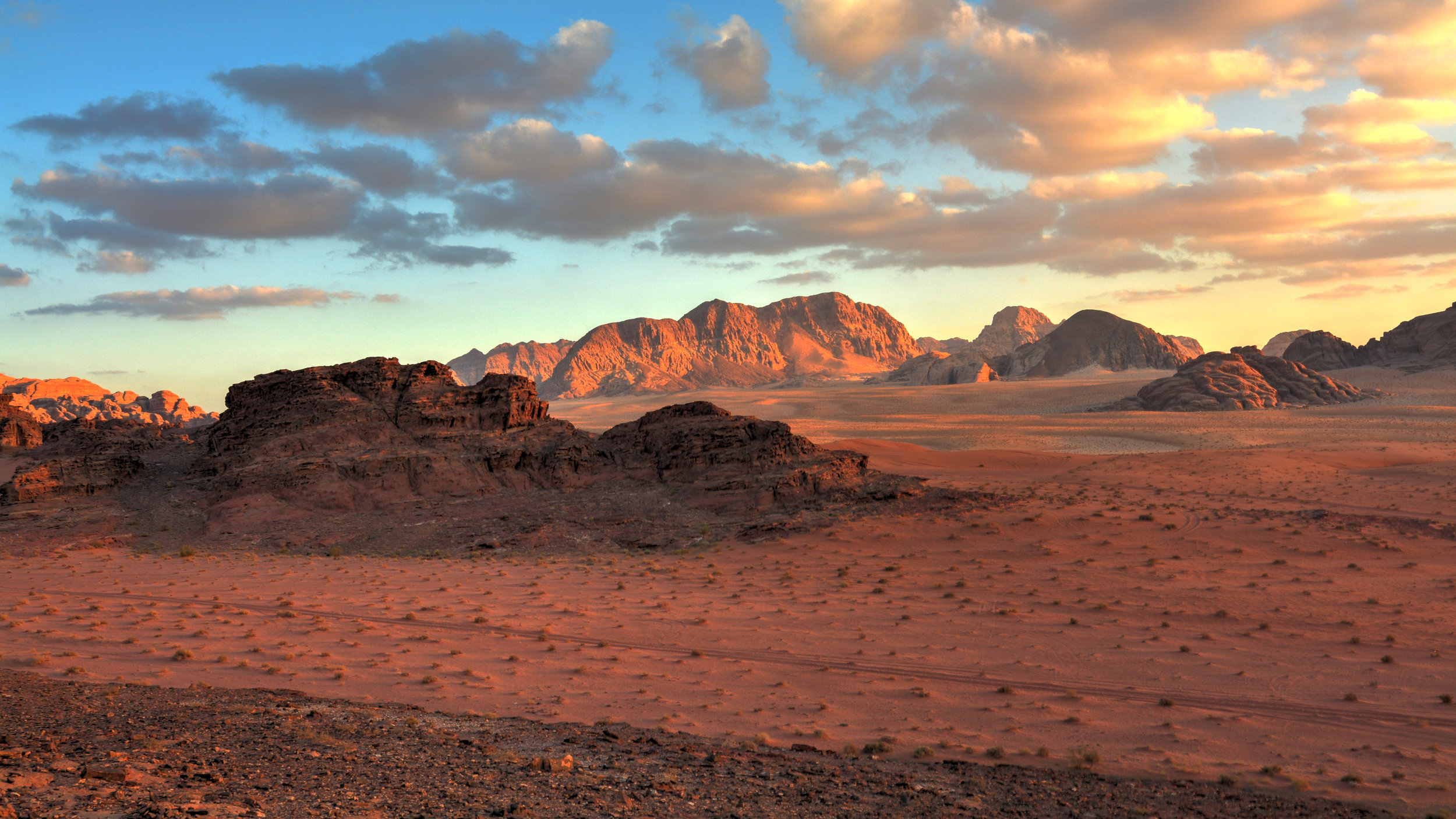
The hours up to and approaching sunset in Wadi Rum are some of the most special moments in the desert. The softening light causes the colours to change and deepen. Rendering the area more beautiful than ever. These hours are also the best for photography. Here you can see two areas with red sand in the foreground and white sand in the distance. A classic Wadi Rum shot.
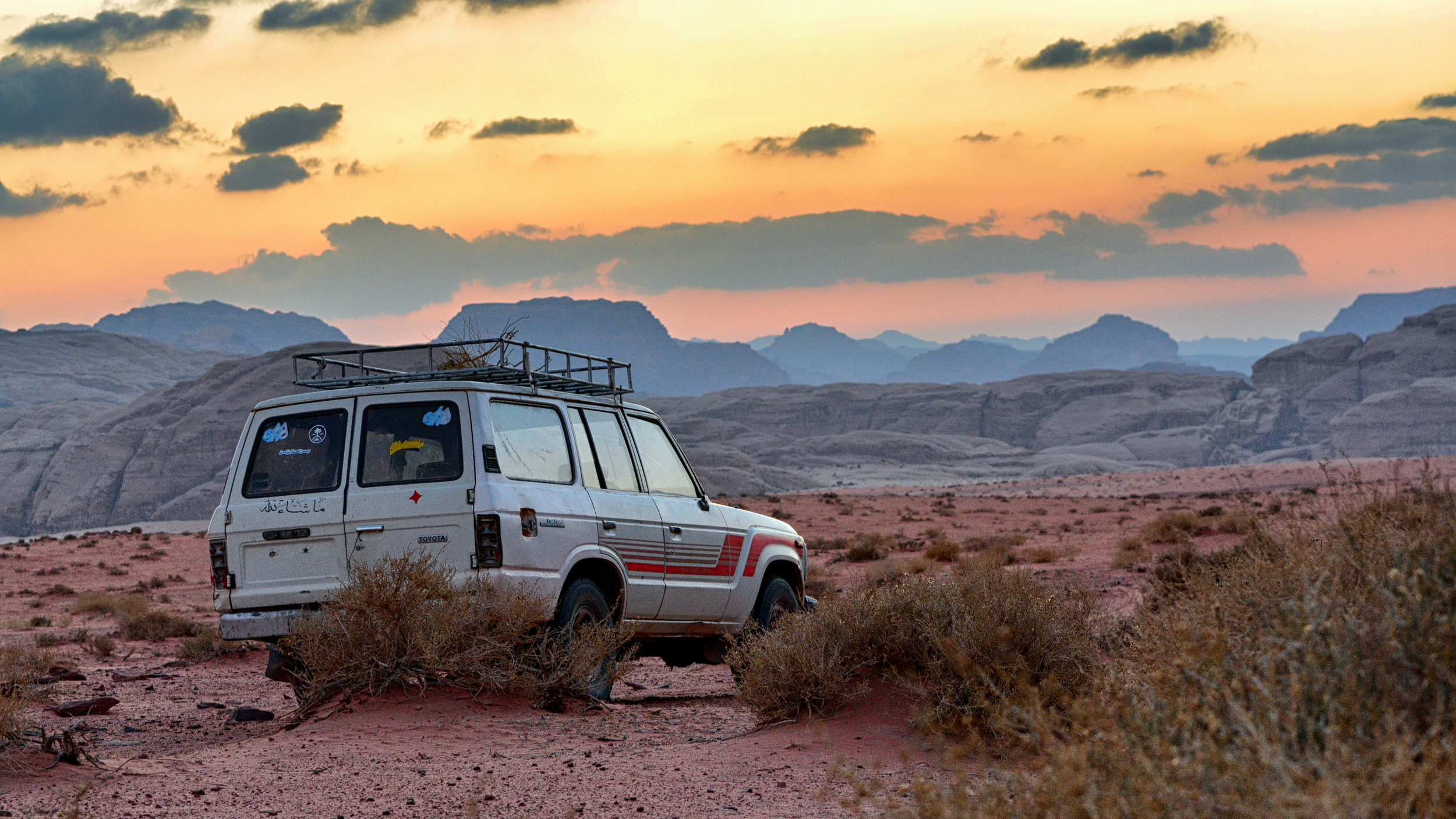
The Jeeps in Wadi Rum are generally old but we take good care of them and the most important thing here is a strong engine. The older Jeeps are also cheaper and easier to fix should there be a breakdown in the desert. There is special permission from the King to run old Jeeps in the area without things like mirrors, door handles etc. This helps low income Bedouin run a vehicle and potentially gain work with tourists. These Jeeps are not allowed on the main highway.









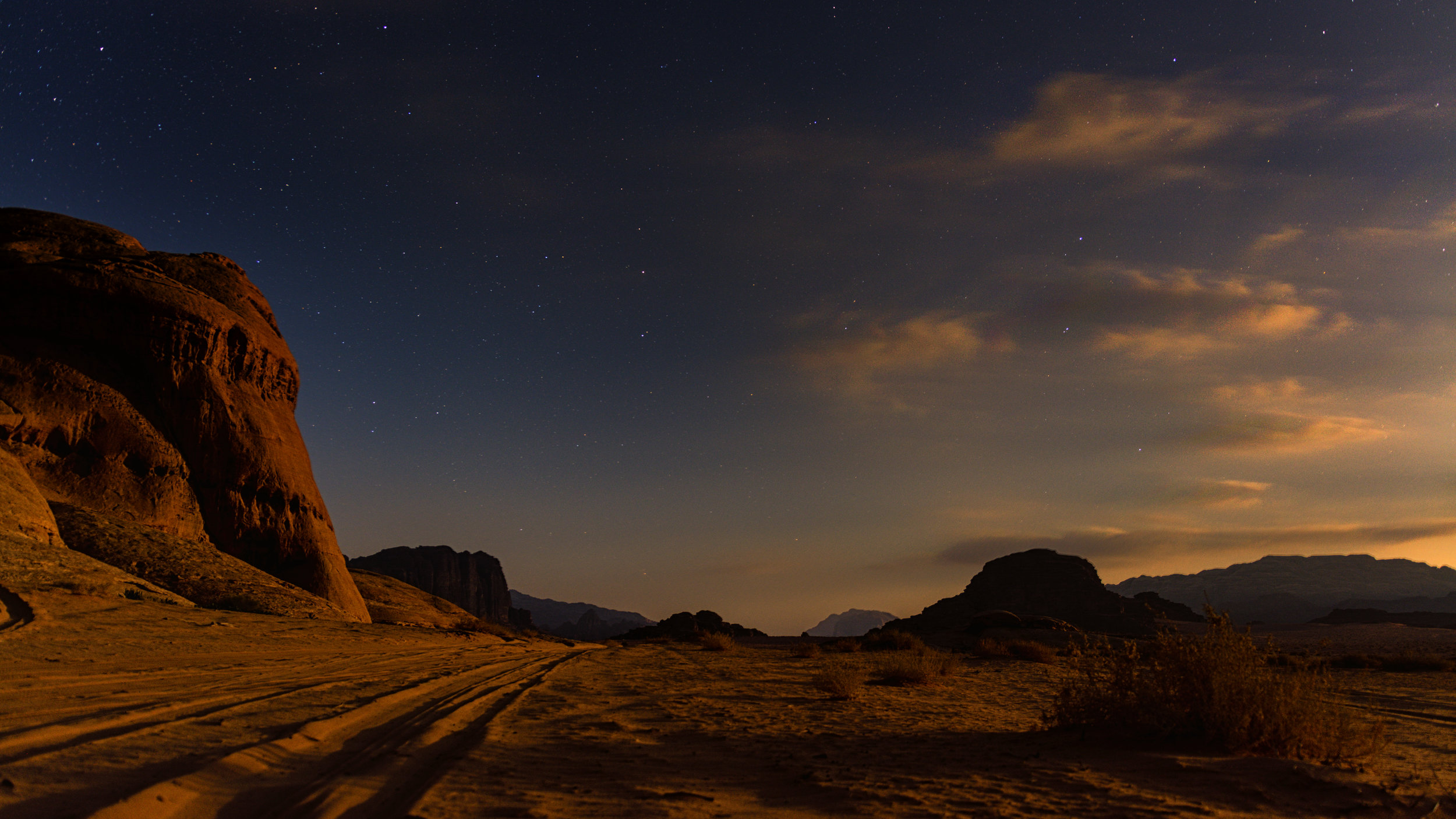

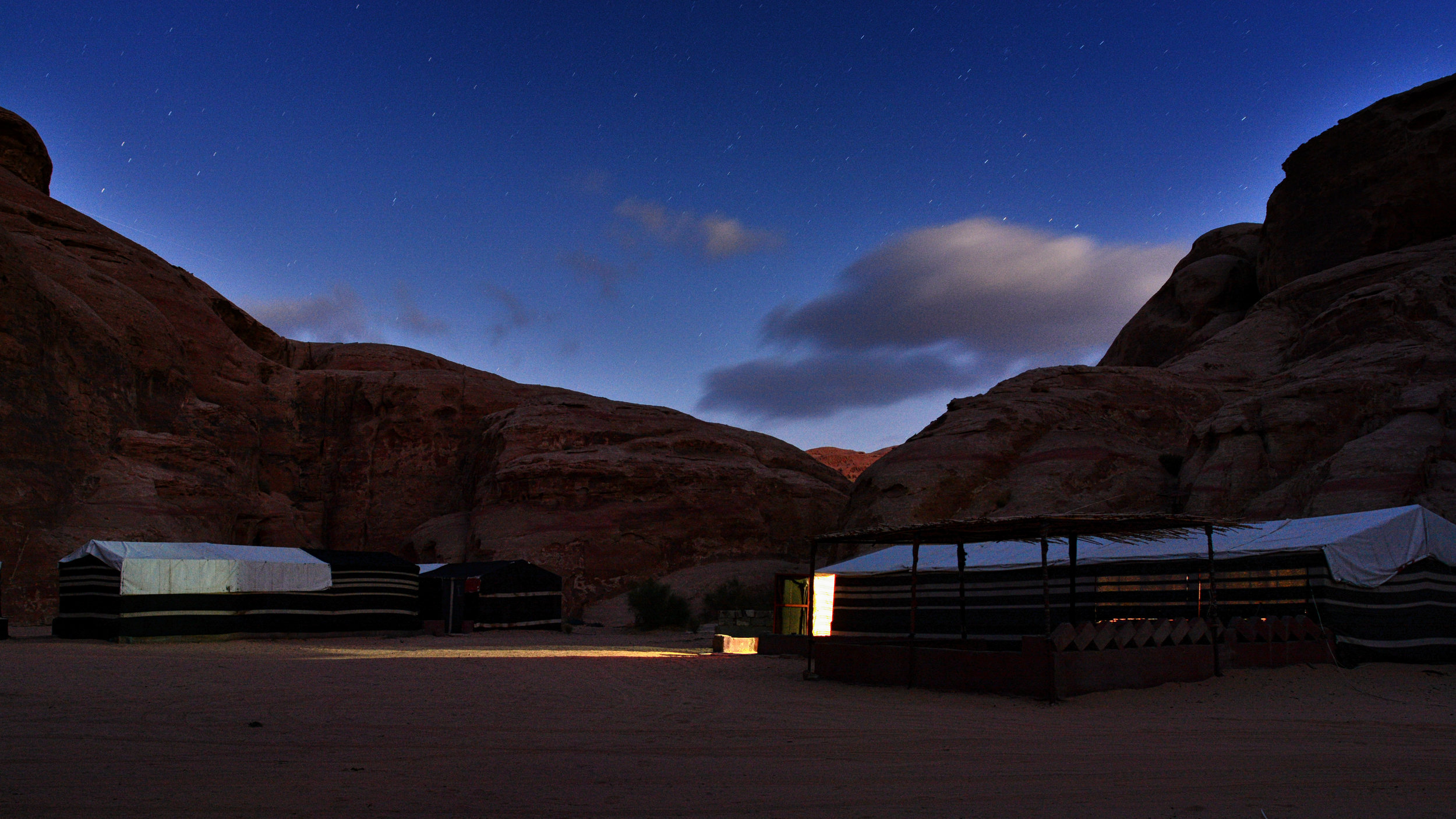
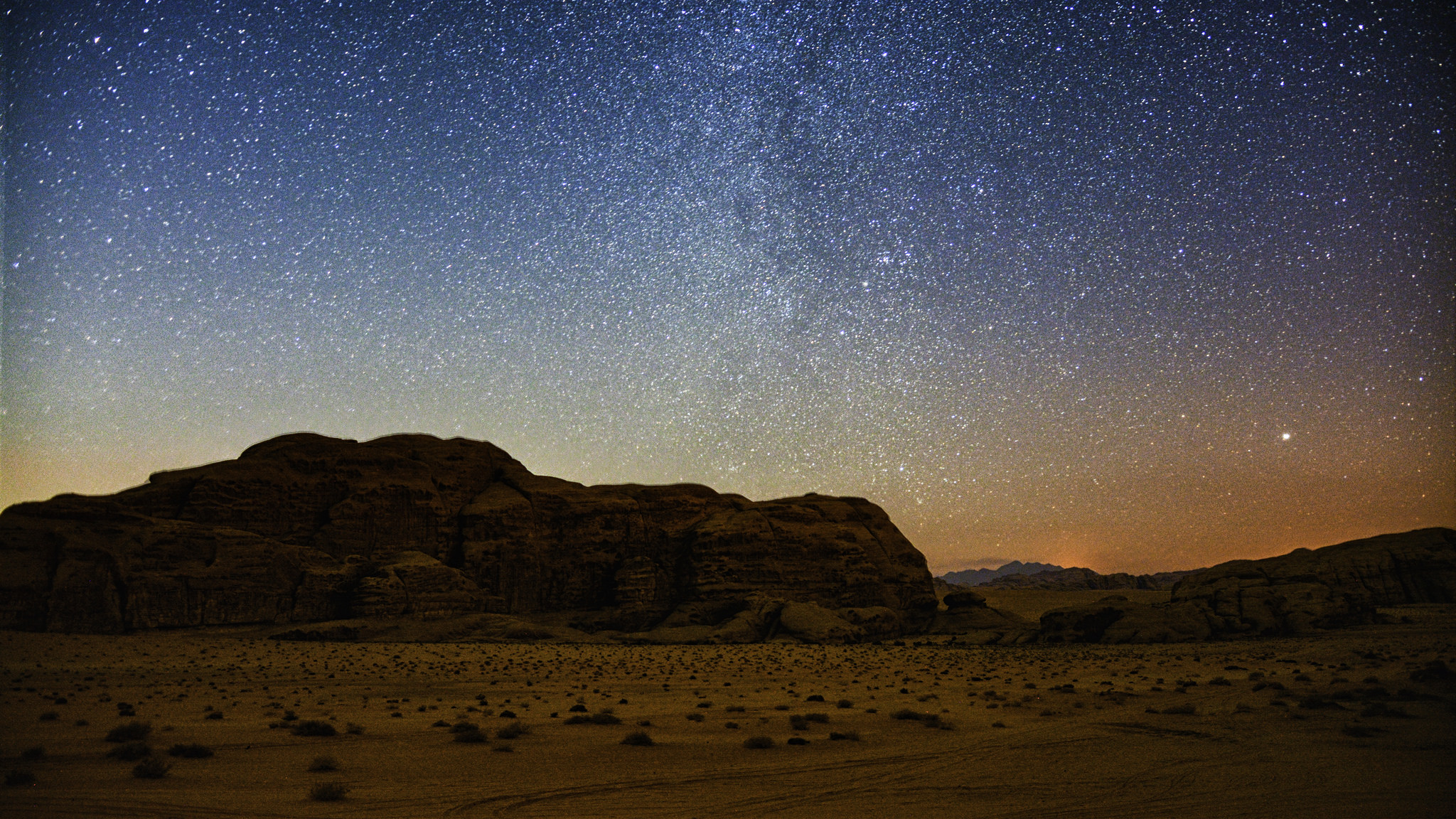
All these wonderful images were taken by Sági Mihály who's flickr stream is well worth a look:
